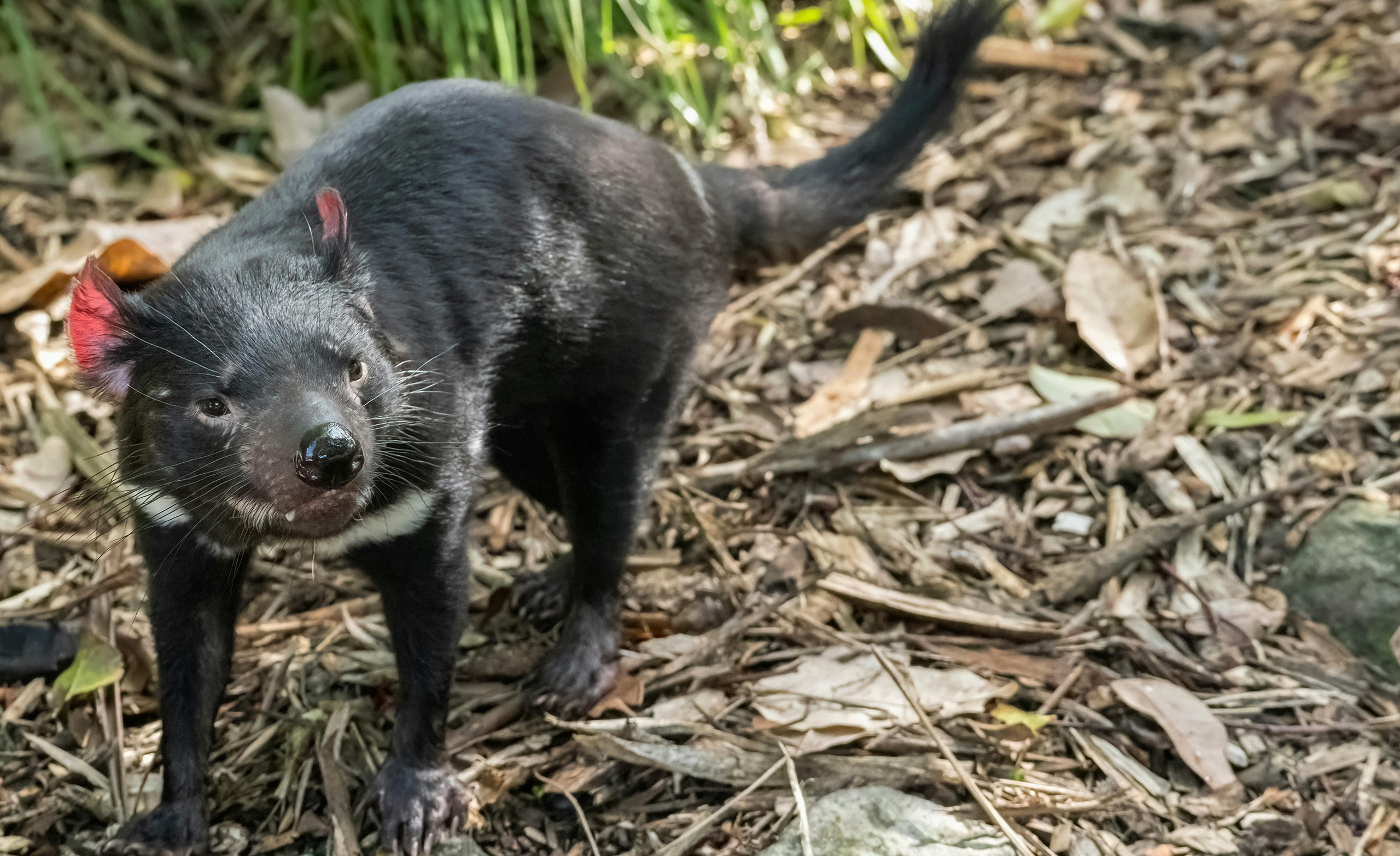
3 Powerful Facts About Tasmanian Devils’ Fight Against Disease
Tasmanian Devils, the iconic marsupials of Tasmania, have long captivated our imagination with their fierce demeanor and unique characteristics. However, their existence has been severely threatened by a devastating disease known as Devil Facial Tumour Disease (DFTD). This aggressive cancer has wreaked havoc on the population of the Tasmanian Devil. Despite the grim circumstances, the species has demonstrated remarkable resilience and adaptability. In this blog, we will explore three powerful facts about the Tasmanian Devil’s fight against disease and the concerted efforts to ensure their survival.
Table of Contents
1. The Spread and Impact of Devil Facial Tumour Disease (DFTD)
Devil Facial Tumour Disease (DFTD) is a unique and highly transmissible cancer that affects Tasmanian Devils. First observed in the mid-1990s, DFTD has led to significant population declines, with some estimates suggesting a reduction of over 80% in certain areas. The disease is characterized by the appearance of tumors on the face and neck of affected devils, ultimately leading to death due to organ failure or starvation.
DFTD is particularly alarming because it is one of the only known transmissible cancers, meaning it can spread from one animal to another. The primary mode of transmission is through biting, which is common among Tasmanian Devils during mating and feeding. The tumors are deadly, often leading to the death of the affected individual within a few months.
However, the Tasmanian Devil’s story is not one of despair alone. Conservationists and researchers have been working tirelessly to combat the disease and save this iconic species. High-ranking keywords related to this topic include Tasmanian Devil, DFTD, transmissible cancer, and conservation efforts.
2. Genetic Diversity and Natural Resistance
One of the most compelling aspects of the Tasmanian Devil’s fight against disease is the emerging evidence of natural resistance within the population. Researchers have discovered that some Tasmanian Devils possess genetic variations that make them less susceptible to DFTD. This discovery has fueled hope for the species’ future survival.
Genetic diversity plays a crucial role in the resilience of any species. In the case of the Tasmanian Devil, genetic diversity has been a double-edged sword. On one hand, the population’s genetic homogeneity made it more vulnerable to the rapid spread of DFTD. On the other hand, the existence of genetic variations that confer resistance to the disease has become a beacon of hope.
Studies have identified specific genes and immune responses that appear to provide some Tasmanian Devils with the ability to either resist infection or survive longer with the disease. This natural resistance is not yet fully understood, but it highlights the importance of maintaining and enhancing genetic diversity within the population.
High-ranking keywords related to this topic include genetic diversity, natural resistance, immune response, and survival of the species.
3. Conservation Strategies and Success Stories
The fight against DFTD has spurred a wide range of conservation strategies aimed at ensuring the survival of the Tasmanian Devil. These strategies encompass both in-situ (on-site) and ex-situ (off-site) approaches, each with its unique challenges and successes.
Captive Breeding Programs
One of the most successful conservation strategies has been the establishment of captive breeding programs. These programs aim to create a healthy and genetically diverse population of Tasmanian Devils that can be reintroduced into the wild. Facilities like the Tasmanian Devil Ark and Devil Island have played a pivotal role in breeding and raising disease-free devils.
Captive breeding programs have also provided valuable insights into the behavior, genetics, and health of Tasmanian Devils. The success of these programs has been marked by the release of disease-free devils into the wild, where they have successfully integrated and contributed to the overall population.
Vaccination Efforts
Another promising avenue in the fight against DFTD is the development of vaccines. Researchers are working on creating a vaccine that can either prevent the disease or significantly reduce its impact on infected devils. While still in the experimental stages, vaccination efforts offer a potential long-term solution to controlling the spread of DFTD.
Habitat Protection and Restoration
Conservation efforts extend beyond disease management to include habitat protection and restoration. Preserving the natural habitat of the Tasmanian Devil is essential for their long-term survival. Efforts to reduce human-wildlife conflict, protect critical habitats, and restore degraded areas are integral to the broader conservation strategy.
Community Involvement and Education
Engaging local communities and raising awareness about the plight of the Tasmanian Devil has been a crucial component of conservation efforts. Community involvement ensures that conservation measures are sustainable and that local populations take pride in protecting their unique wildlife.
Conclusion
The Tasmanian Devil’s fight against disease is a testament to the resilience of nature and the power of conservation efforts. Despite the devastating impact of Devil Facial Tumour Disease, the species has shown remarkable adaptability and strength. Through genetic diversity, natural resistance, and innovative conservation strategies, there is hope for the future of the Tasmanian Devil.
As we continue to learn more about this iconic species and work towards its preservation, it is essential to remain committed to the cause. The story of the Tasmanian Devil is a reminder of the delicate balance between humans and nature and the importance of safeguarding our planet’s biodiversity for generations to come.
